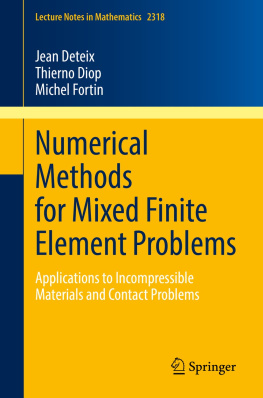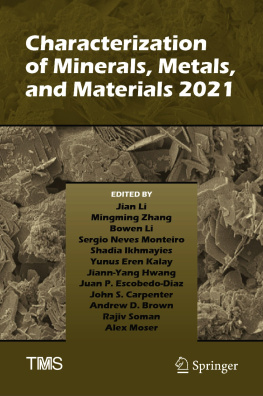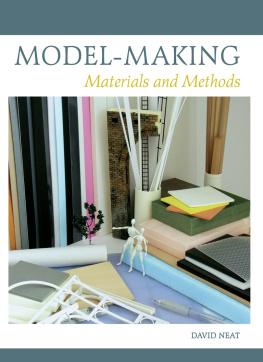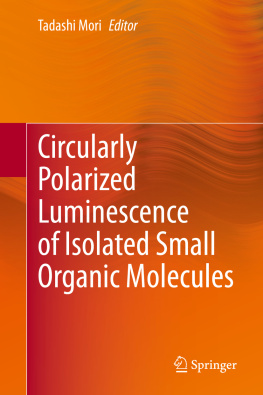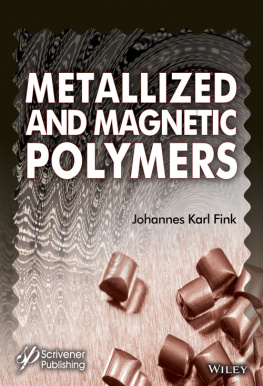Dramićanin - Luminescence thermometry : methods, materials, and applications
Here you can read online Dramićanin - Luminescence thermometry : methods, materials, and applications full text of the book (entire story) in english for free. Download pdf and epub, get meaning, cover and reviews about this ebook. year: 2018, publisher: Elsevier Ltd. Woodhead Publishing, genre: Children. Description of the work, (preface) as well as reviews are available. Best literature library LitArk.com created for fans of good reading and offers a wide selection of genres:
Romance novel
Science fiction
Adventure
Detective
Science
History
Home and family
Prose
Art
Politics
Computer
Non-fiction
Religion
Business
Children
Humor
Choose a favorite category and find really read worthwhile books. Enjoy immersion in the world of imagination, feel the emotions of the characters or learn something new for yourself, make an fascinating discovery.

Luminescence thermometry : methods, materials, and applications: summary, description and annotation
We offer to read an annotation, description, summary or preface (depends on what the author of the book "Luminescence thermometry : methods, materials, and applications" wrote himself). If you haven't found the necessary information about the book — write in the comments, we will try to find it.
Dramićanin: author's other books
Who wrote Luminescence thermometry : methods, materials, and applications? Find out the surname, the name of the author of the book and a list of all author's works by series.
Luminescence thermometry : methods, materials, and applications — read online for free the complete book (whole text) full work
Below is the text of the book, divided by pages. System saving the place of the last page read, allows you to conveniently read the book "Luminescence thermometry : methods, materials, and applications" online for free, without having to search again every time where you left off. Put a bookmark, and you can go to the page where you finished reading at any time.
Font size:
Interval:
Bookmark:
- Tables in Chapter 1
- Tables in Chapter 2
- Tables in Chapter 3
- Tables in Chapter 5
- Tables in Chapter 6
- Tables in Chapter 7
- Tables in Chapter 8
- Tables in Chapter 11
- Tables in Chapter 12
- Figures in Chapter 1
- Figures in Chapter 2
- Figures in Chapter 3
- Figures in Chapter 4
- Figures in Chapter 5
- Figures in Chapter 6
- Figures in Chapter 7
- Figures in Chapter 8
- Figures in Chapter 9
- Figures in Chapter 10
- Figures in Chapter 11
- Figures in Chapter 12
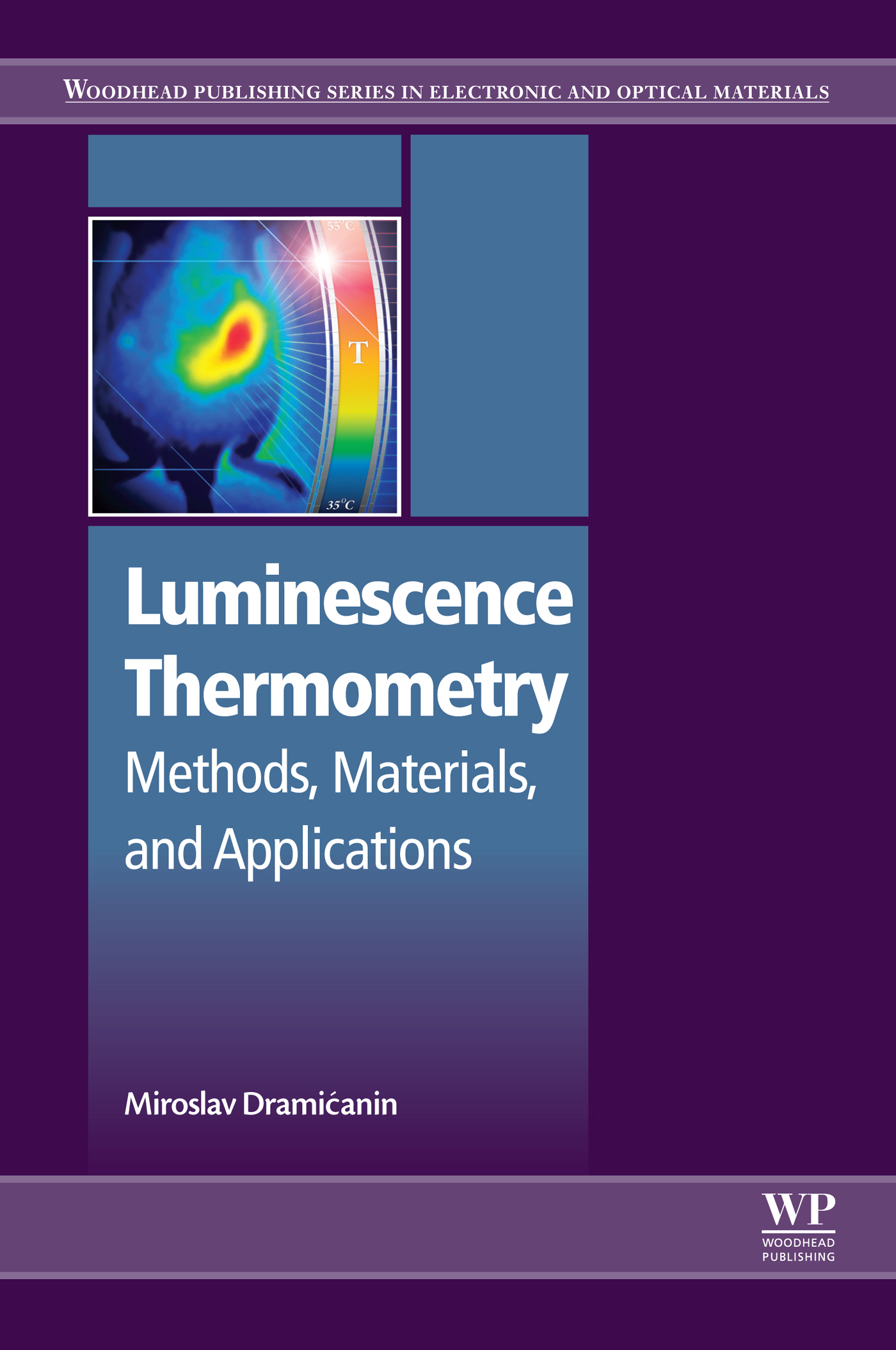
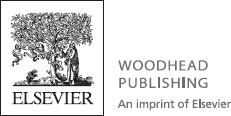
Related Titles
1. Optofluidics, Sensors and Actuators in Microstructured Optical Fibers , 978-1-78242-329-4
2. Nano Optoelectronic Sensors and Devices , 978-1-4377-3471-3
3. Radiometric Temperature Measurements, I. Fundamentals, part of the Experimental Methods in the Physical Sciences series , 978-0-12-374021-2
Woodhead Publishing is an imprint of Elsevier
The Officers Mess Business Centre, Royston Road, Duxford, CB22 4QH, United Kingdom
50 Hampshire Street, 5th Floor, Cambridge, MA 02139, United States
The Boulevard, Langford Lane, Kidlington, OX5 1GB, United Kingdom
Copyright 2018 Elsevier Ltd. All rights reserved.
No part of this publication may be reproduced or transmitted in any form or by any means, electronic or mechanical, including photocopying, recording, or any information storage and retrieval system, without permission in writing from the publisher. Details on how to seek permission, further information about the Publishers permissions policies and our arrangements with organizations such as the Copyright Clearance Center and the Copyright Licensing Agency, can be found at our website: www.elsevier.com/permissions.
This book and the individual contributions contained in it are protected under copyright by the Publisher (other than as may be noted herein).
Notices
Library of Congress Cataloging-in-Publication Data
A catalog record for this book is available from the Library of Congress
British Library Cataloguing-in-Publication Data
A catalogue record for this book is available from the British Library
ISBN: 978-0-08-102029-6 (print)
ISBN: 978-0-08-102030-2 (online)

Publisher: Matthew Deans
Acquisition Editor: Kayla Dos Santos
Editorial Project Manager: Joshua Bayliss
Production Project Manager: Sojan P. Pazhayattil
Designer: Greg Harris
Typeset by Thomson Digital
In the first chapter of the book the author asks the question Why we measure temperature? He provides us the answer by not only telling us that temperature is a basic physical quantity but rather how temperature effects our daily life, from the mundane as to what we wear to the importance of temperature in the global climate. Fortunately, the author does not stop here but continues to tantalize the reader to continue reading with a captivating chapter on the history of thermometry. The following chapters in the book are more technical and present a detailed and comprehensive treatment of thermometry; an excellent and multifaceted overview of interest to numerous groups. The book addresses the most basic aspects of thermometry and the necessary background, thus it can serve, first and foremost, as a textbook for graduate and undergraduate students, as well as for accomplished researchers in the field. Each chapter begins with a straightforward physical description and then moves on to a more detailed account. The book contains 12 chapters, clearly written and insightful, spanning the importance of thermometry in everyday life, the basic methods and instruments for measuring temperature, luminescence thermometry using transition and lanthanide ion doped materials, semiconductor quantum dots, organic materials, applications, and nanothermometry.
cover the emerging fields of temperature measurements at the nanoscale and the importance of multifunctionality, which combines thermometry with other luminescence applications, respectively.
All chapters are sufficiently detailed and provide a most useful and interesting one-volume compendium for the scientific community (chemistry, physics, engineering, biology, and medicine). The book affords the reader an excellent and balanced list of references from the recent literature. The book can be proudly recommended to students, teachers, and seasoned researchers without any restriction or hesitation.
This introductory chapter of the book aims to familiarize readers with the importance of temperature and measurements of temperature. It starts with several examples which illustrate why we measure temperature, and explains that temperature sensors account for about 80% of all the sensors worldwide. It then goes on to give basic information on the temperature sensor market, including data on present market value and estimated growth, key market drivers, and key products. Finally, a brief history of thermometry is presented, mainly focusing on the development of the first instruments and temperature scales.
Font size:
Interval:
Bookmark:
Similar books «Luminescence thermometry : methods, materials, and applications»
Look at similar books to Luminescence thermometry : methods, materials, and applications. We have selected literature similar in name and meaning in the hope of providing readers with more options to find new, interesting, not yet read works.
Discussion, reviews of the book Luminescence thermometry : methods, materials, and applications and just readers' own opinions. Leave your comments, write what you think about the work, its meaning or the main characters. Specify what exactly you liked and what you didn't like, and why you think so.

